Using Lipless Crankbaits During Fall for Bass
During the pre-spawn, every serious angler has a lipless crankbait tied on and for good reason. However, lipless crankbaits often get put away in the summer and left in storage until next spring. That is just fine with me, because fall is the time when it again produces giant bags of bass, and few anglers are on that pattern.
Why To Use Lipless Crankbaits in Fall
When the water temperatures fall into the mid 50’s, unknowing to many anglers, bass can be caught roaming the shallows in surprisingly skinny water. This is not a numbers strategy, but a big fish pattern. Many times, the biggest bass are lurking for an easy meal of bluegill or other panfish. With many anglers targeting schooling bass in creek channels or in deeper water, these shallow behemoths are often unmolested and more easily fooled.
Conventional wisdom dictates that when water temperatures take the plunge into the low 50’s, bass follow bait to traditional wintering holes. However, panfish, such as bluegill, will stay wherever the aquatic weeds stay a lush green. Because of that, bass stay put to exploit the food source. So long as a population of bluegill stay in the shallow weeds, even in water as cold as 40°, bass will be lurking nearby. These bass are often easy to catch.
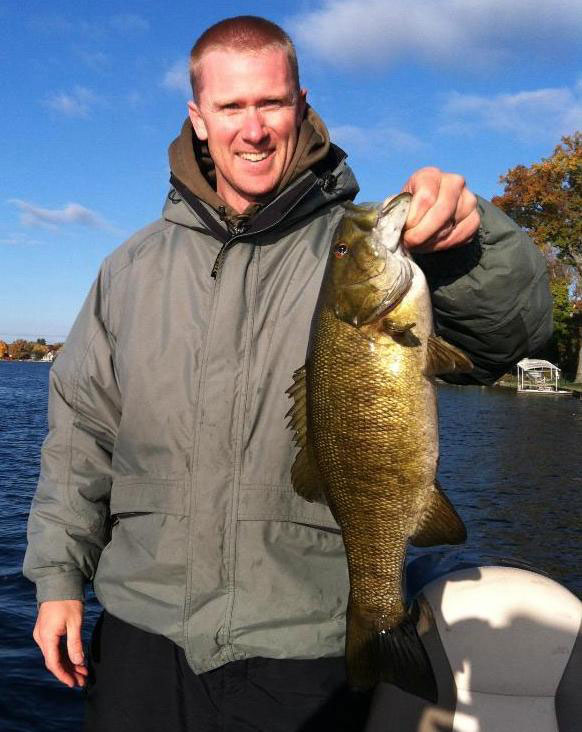
Where to Catch Bass with Lipless Crankbaits During Fall
The answer to where to catch bass with lipless crankbaits during fall is simple. Look wherever aquatic vegetation is lush green. That’s a lot easier said than done. If finding that lush green vegetation is a mystery, begin a search where boat docks exist. Docks offer outstanding resting and ambush places for bass. If green weeds are close, bass will be using the docks. Sling the crankbait parallel to the sides and front of the docks.
Lipless crankbaits are exceptional search baits because they snag on every weed in the ecosystem. During different seasons, this is a pain. But in this case, during fall it is a blessing. If weeds are present, it will take little time before the crankbait snags them, but this allows an inspection. If weeds are brown or turning brown, it is best to seek out new areas. However, if that vegetation is still green, stick around and soak the area with the crankbait.
If boat docks are not an option, begin in five feet of water. Work water as shallow as possible by casting the bait in every direction. Again, use the bait to gauge the weeds. Wherever you find the greenest weeds, bass will near. Once discovering where the greenest weeds are, look for bare spots, channels, and other irregularities in them. These are the hot spots.

Retrieving Bass with Lipless Crankbaits During Fall
When retrieving bass with lipless crankbaits, you only need a moderate speed. Make far casts to cover maximum water. When the bait comes in contact with weeds, give a sharp snap with the rod straight up to break it loose. Many times, a bass relating closely to the weeds will instinctively react aggressively. If not, continue the steady retrieve.
Tackle for Lipless Crankbaits
Baitcasting rods and reels work best for this technique. These reels allow an immediate engagement when the bait hits the water to begin the retrieve. Medium speed reels, 6.5-5.8, work best to maintain the necessary moderate retrieve.
Longer rods create longer casts, which allows me to cover water. My rod of choice for this type of fishing is at least 7-feet long, often longer, with a Medium Heavy action. Combining this rod with 14-pound fluorocarbon gives the strength necessary to snap the bait out of the weeds. It also allows me to keep control if it when a bass blasts it.
Do not be afraid to buck the trend of deeper water during the late fall. The shallows may yield the biggest bass of the year. But like always, before venturing into the shallow obstructions that are begging to damage your boat, protect your rig with Megaware products to prevent the damage. I wouldn’t think of hitting the water without my boat protected with my keelguard, the original do-it-yourself keel protector. You can check out their entire line of boat protection products here online, or in major retailers nationwide.

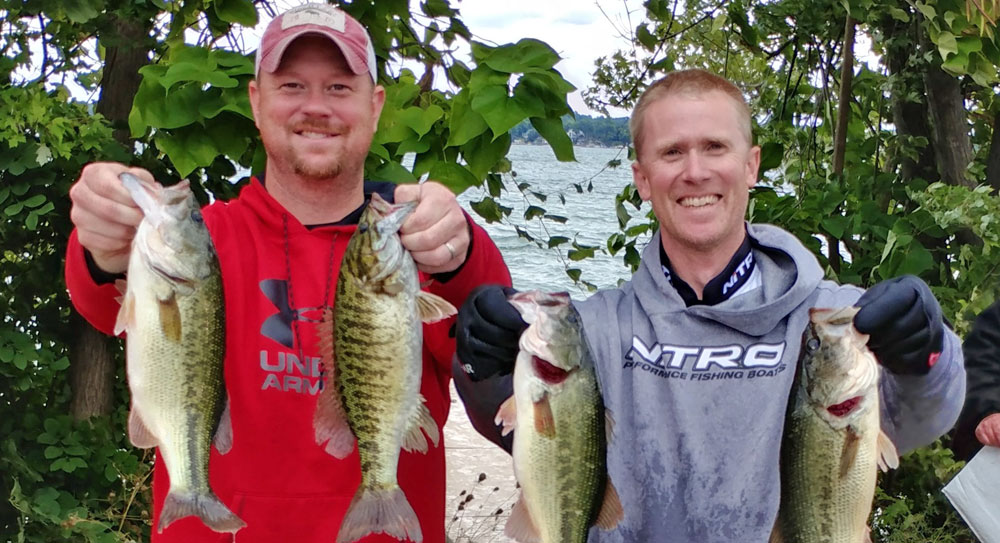
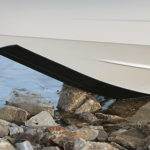
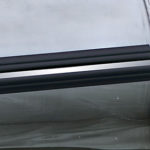
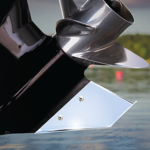

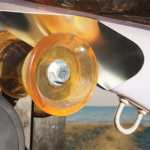
Comments